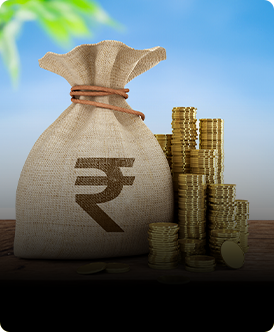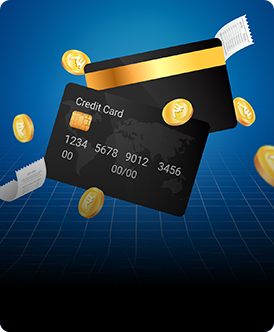The cash limit on a credit card or cash advance limit is the maximum amount of cash you can withdraw from an ATM using your credit card. This cash advance is generally against the available credit limit on your card.
However, cash withdrawals from credit cards do not have an interest-free period and start accruing interest from the very first day. The cardholder must repay the amount withdrawn as cash against a credit card along with interest and other charges.
Usually, the limit is capped between 20% and 40% of the sanctioned limit. If you have a maximum credit limit of ₹2 Lakhs, the maximum cash you can withdraw ranges between ₹40,000 and ₹80,000 based on the credit card issuer’s policies.


























































